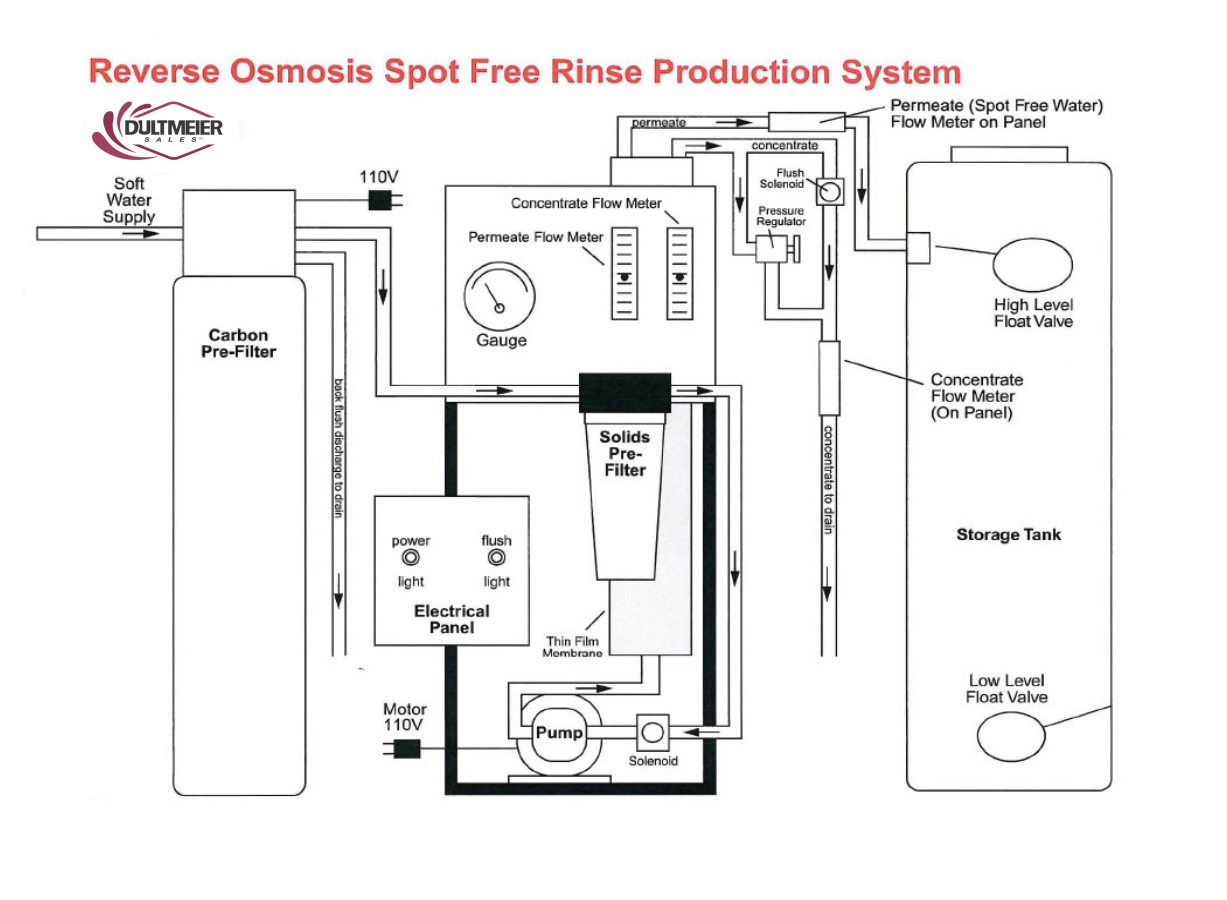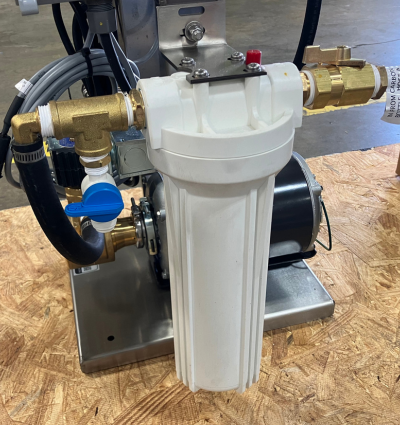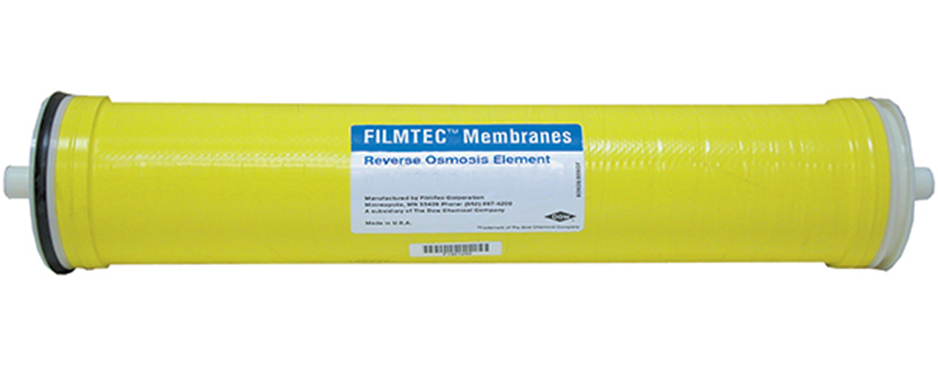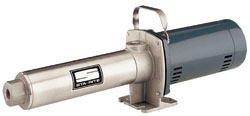As a car wash owner, you know how frustrating those pesky water spots can be-they're the bane of a perfect wash and can leave customers dissatisfied. Ensuring your RO (Reverse Osmosis) system is functioning properly is crucial to delivering that spot-free shine every time.
In this guide, we'll dive into the reasons behind Spot Free RO system failures and how to fix the issue, helping you maintain that flawless finish and keep your customers happy. Let's get started on troubleshooting!
Common RO System Symptoms and What to Do About It
When your RO system is not performing up to par, there could be several possible culprits. Let's look at some of the most common symptoms you might face, the possible root causes, and how to fix them.

Symptom: Low Flow or No Water Production
Possible Cause: Clogged Pre-Filter
Pre-filters in an RO system are designed to capture large particles, debris, and other contaminants before water reaches the RO membrane. Over time, these pre-filters can become clogged, reducing the system's flow rate and potentially causing a disruption in water production.

Solution: Inspect and replace pre-filters if necessary. Check the TDS with a meter to see if the membrane is making acceptable water (learn more about using TDS meter here). Sometimes you can see debris on the incoming side of the membrane when it is removed. If there is no noticeable debris it can be restricted throughout the field of the wrap of the membrane resulting in little to no flow.
Higher flow and higher TDS on the permeate side usually indicated a fouled or bursting membrane. Before replacing a membrane be sure the water softener is working properly, producing zero grain soft water. The softener brine tank should be cleaned periodically.
Possible Cause: Low Inlet Water Pressure
For an RO system to function properly, it requires adequate inlet water pressure. If the water pressure is too low, the membrane will not be able to filter water effectively, leading to reduced flow or complete system shutdown.
Solution: Make sure the water softener is flowing correctly and that the bypass valve is fully closed. Check all valves ahead of the unit to make sure no shut-off valves are closed or not fully opened.
Possible Cause: Pump Failure
The booster pump plays a crucial role in increasing water pressure to the RO membrane. If the pump fails, the system will not have sufficient pressure to produce water, leading to reduced flow or no production.
Solution: Consult the MFG for troubleshooting help or Dultmeier Sales.
Possible Cause: RO System in Flush Mode
Many Spot Free RO systems (like the Dultmeier DUSFR) are equipped with a flush mode, where water is run through the system to clean the membrane. During this cycle, water production will be reduced, and the system will appear to have low flow.
Solution: Consult your manual to determine how to shut off the flush mode. If you have a Dultmeier RO system, it is equipped with an automatic flush mode. After 3 minutes the system should return to normal operation. If the system does not return to normal operation after this type, examine the flush valve for debris. You can consult the manual for more details on the flush valve location.
Possible Cause: Incorrect Setting on the Pump Relief Valve
The pump relief valve controls the pressure within the system. If it is incorrectly set, it can cause either low or excessively high water pressure, both of which can impact water production.
Solution: Consult the system manual to identify the proper relief valve setting and make any needed adjustments.
Symptom: Clogged Membrane
Possible Cause: Carbon Not Flushed Properly
The carbon filter in an RO system is designed to remove chlorine, sediments, and organic compounds before the water reaches the RO membrane. If the carbon filter is not flushed properly upon installation or after routine maintenance, carbon particles can pass through to the membrane, leading to clogging.
Solution: Flush the carbon filter through a full cycle. Check the carbon filter for proper plumbing.
Possible Cause: Organic or Inorganic Matter in Water Supply
The incoming water supply can contain organic contaminants (such as bacteria, algae, or plant material) or inorganic materials (such as sand, rust, or other mineral particles) that are too large or difficult for the RO membrane to filter. Over time, these contaminants can accumulate on the membrane surface, clogging it and reducing its ability to filter water effectively.
Solution: Have water tested before replacing the membrane.
Managing your RO membranes is vital, for more information, you should read our guide on changing RO membranes.
Symptom: Increased RO Production, High TDS, or Decrease in PSI
Possible Cause: Membrane installed upside down.
The RO membrane must be installed in the correct orientation for water to pass through and filter properly. If the membrane is installed upside down, the flow of water is reversed, preventing the membrane from performing its intended function. This can result in poor water filtration, leading to high TDS levels and increased water production because the system isn't removing contaminants properly.
Solution: Turn the Membrane in the opposite direction.
Possible Cause: Chlorine in the RO system
Chlorine is harmful to RO membranes. If chlorine is not filtered out properly by the carbon pre-filter, it can damage or degrade the RO membrane. This leads to poor water quality (high TDS) and often increased water production since the membrane is less effective at filtering contaminants.
Solution: Inspect, and repair the carbon filter as needed.
Possible Cause: Ruptured Membrane
A ruptured membrane can occur due to wear and tear, excessive pressure, or chemical damage (e.g., from chlorine). A ruptured membrane cannot properly filter out contaminants, leading to higher TDS levels and increased water production as the system allows more water to pass through without effective filtration.
Solution: Shut off the system and remove the membrane from its housing. Inspect the membrane for visible damage, such as tears, holes, or a complete rupture. If the membrane is damaged, it must be replaced immediately. Install the new membrane, making sure it is properly seated in the housing and oriented correctly.
Did you know Dultmeier Sales keeps a variety of RO membranes and Housings in stock? Be sure to check out the available options for pre-filters, chlorine carbon filters, RO filters, RO membranes, and sediment cartridge filters:
Reverse Osmosis Systems and Filters
Symptom: Water Flowing to RO Storage Tank When Unit is Not in Production
Possible Cause: Debris in inlet solenoid or defective inlet solenoid
The inlet solenoid valve controls the flow of water into the RO system. If debris clogs the solenoid or if the solenoid is defective, it may not close properly, allowing water to flow into the system even when it should not be producing. This could result in a constant flow of water to the tank, even when the system is not actively producing permeate (filtered water).
Solution: Remove the inlet solenoid valve according to your system's manual. Carefully inspect it for any signs of debris, dirt, or mineral buildup that may prevent it from closing properly. Use a soft brush or cloth to clean any debris or buildup around the valve. Ensure that the valve can open and close smoothly after cleaning.
After cleaning, reconnect the solenoid and turn the system back on. Listen for any clicking noises when the system is supposed to open or close the valve. If the valve is not working as expected, it may be defective. If cleaning does not resolve the issue or if the solenoid shows signs of wear, malfunction, or failure, replace the inlet solenoid with a compatible part for your RO system.
Symptom: Noisy Pump/ Underperforming Pump
Possible Cause: Inlet is obstructed or restricted
The pump relies on a consistent and unobstructed flow of water to function efficiently. If the inlet is blocked or restricted by debris, sediment buildup, or a clogged pre-filter, the pump has to work harder to move water through the system. This can result in unusual noises and reduced water flow, leading to underperformance.
Solution: Remove the prefilter and inspect it for signs of blockage or clogging. Replace the prefilter if it is dirty or past its recommended service life. Inspect the inlet lines for blockages or restrictions. These lines can accumulate sediment or scale, which may impede water flow. Clean the inlet lines by flushing them with clean water. If the lines are severely clogged, they may need to be replaced.
Possible Cause: Coupling or mounting bolts are loose
A pump with loose coupling or mounting bolts can cause excessive vibration and noise. Loose bolts can lead to pump wear and potential damage to the housing or connections.
Solution: Check Coupling Alignment. Inspect the coupling for any signs of wear or misalignment. If the coupling is visibly worn or damaged, replace it. Ensure all bolts securing the pump to the frame or motor are tightly fastened. Avoid over-tightening the bolts, as this could cause damage to the components. Ensure the pump remains securely mounted but allows for the necessary vibration isolation (if designed that way).
If the pump and motor are not properly aligned, this can cause additional strain on the components and lead to noise. Adjust the pump's position so that it is perfectly aligned with the motor.
You Can Find RO System Booster Pumps and Repair Parts Here
Possible Cause: The water source is off or not fully open
If the water source is not fully turned on or if the water valve is only partially open, the pump may be starved of water. This can cause cavitation inside the pump, which can lead to inefficiency and damage to the pump over time.
Solution: Ensure that the water source is fully turned on. Sometimes, water valves may appear open but are only partially allowing water through. Double-check to make sure the valve is fully open. Trace the water supply lines leading to the pump and ensure there are no blockages or kinks that might be restricting water flow. This includes valves, hoses, and any filtration units before the pump.
RO System Maintenance & Troubleshooting Tips
- Always disconnect the power before attempting any troubleshooting to avoid electric shock.
- Regularly flush the system to maintain optimal membrane performance and avoid clogs.
- Replace parts proactively based on the wear or inefficiency noted during daily inspections.
- Check the prefilter monthly: Replace after approximately 200 gallons or more frequently if needed.
- Inspect daily for leaks, ensure drain hoses are secure, and check pressure and flow gauges for abnormalities.
- Test for chlorine using the service valve and a test strip to avoid chlorine damage to the membrane.
- Monitor TDS levels: The permeate water should have a TDS reading between 0 and 40 ppm. If TDS is above 40 ppm, then the membrane should be replaced. Learn more in our guide on how to test and how often to change RO membranes
- Inspect the float switch regularly to ensure proper operation.
Concluding
Maintaining a spot-free RO system requires regular inspection and cleaning of filters, membranes, and solenoids, ensuring proper water pressure and flow, and securing pump components. Addressing issues like clogged filters, misaligned parts, and proper valve settings prevents noise, low production, and high TDS. Routine maintenance ensures optimal system performance and extends the lifespan of your equipment.
The Dultmeier Sales Car Wash Tech Team has experience with Spot Free RO systems. Be sure to contact us for more help!















